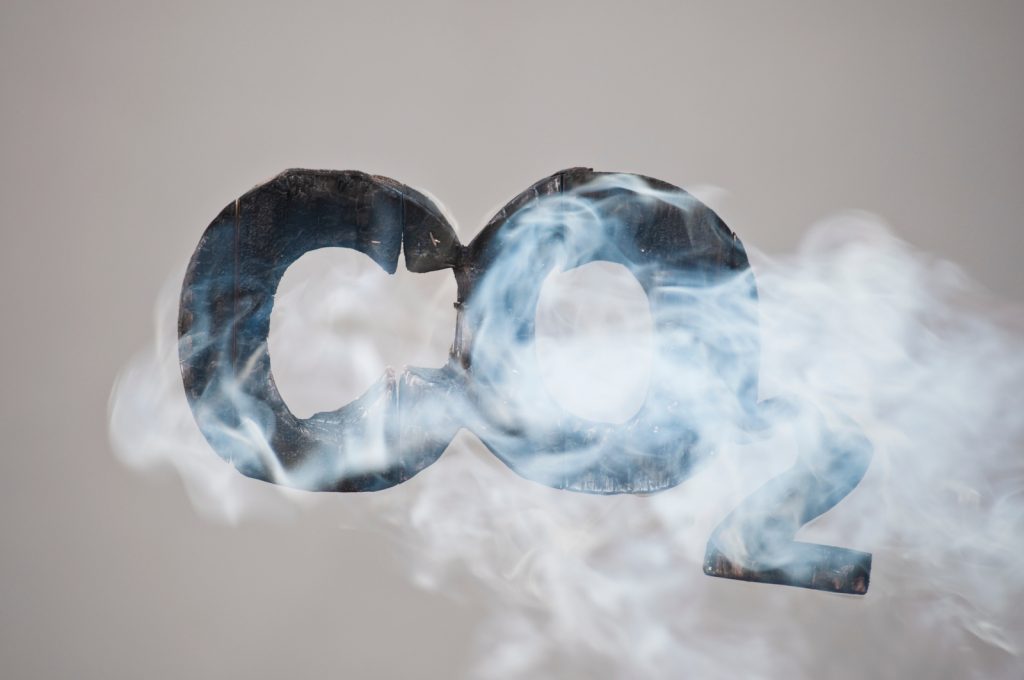
Sharing learning about regulation of CCS chain
Longship will provide learning related to the regulation and incentivization of CO2 management activities that others can benefit from. As Langskip is the first entire CCS chain to be regulated in Norway, the interface between regulatory authorities had to be clarified. How dangerous are CO2 emissions? One of the main risk areas for the CCS …

 Credit: Caroline Brundle Bugge/iStock
Credit: Caroline Brundle Bugge/iStock
